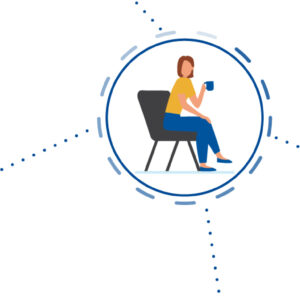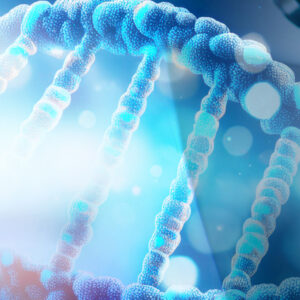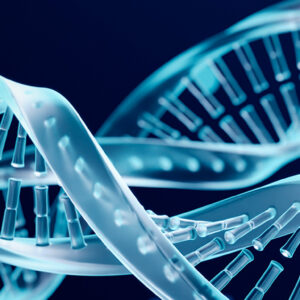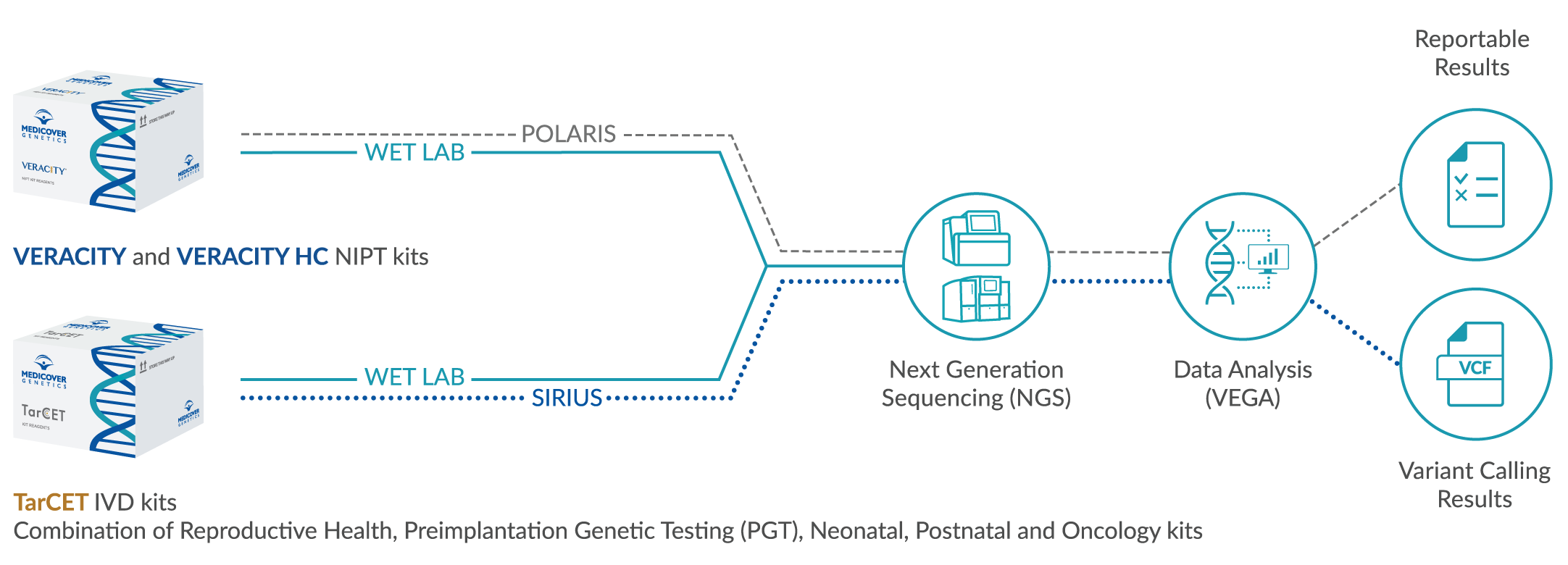Scientific Background
The Ventrilia comprehensive panel includes all 292 genes tested in the disease panels.
Hereditary Cardiovascular Disorders (CVDs) consist of a wide range of disorders of the heart and its circulatory system. CVDs can be anything from cardiomyopathies and arrhythmias to rarer syndromes, such as Brugada and Noonan syndrome. CVDs have a combine prevalence of 3% worldwide and are responsible for approximately 31% of annual global deaths, making them the leading cause of mortality and major contributor to disability. They are also a major reason for premature death. Premature deaths are of interest since many are deemed to be preventable through reduced exposure to behavioral risk factors but more importantly, timely and effective treatment, even before symptoms start to appear. It is estimated that 33% of cardiovascular related deaths could be prevented if identified early.
Hereditary CVDs are difficult to diagnose and are usually identified after a severe and life changing cardiovascular episode. A big percentage of hereditary CVDs are diagnosed after a stroke or heart attack causing irreversible damage. Genetic testing has a vital role in preventing premature deaths as in can identify the genetic variant causing a disease and identify at risk family members.
Who is this test for?
Ventrilia can be used to identify genetic changes that lead to CVDs in
- Symptomatic patients for accurate prognosis, therapy guidance and medical decision assistance and in
- Presymptomatic patients who have already been clinically diagnosed with a CVD for early intervention therapies.
- Ventrilia can also identify genetic changes in asymptomatic individuals that belong in high-risk groups and high-risk family members for early detections and key time interval monitoring.
References
- Girolami F, Frisso G, Benelli M, Crotti L, Iascone M, Mango R, Mazzaccara C, Pilichou K, Arbustini E, Tomberli B, Limongelli G, Basso C, Olivotto I. Contemporary genetic testing in inherited cardiac disease: tools, ethical issues, and clinical applications. J Cardiovasc Med (Hagerstown). 2018 Jan;19(1):1-11. doi: 10.2459/JCM.0000000000000589. PMID: 29176389; PMCID: PMC5732648.
- Girolami F, Frisso G, Benelli M, Crotti L, Iascone M, Mango R, Mazzaccara C, Pilichou K, Arbustini E, Tomberli B, Limongelli G, Basso C, Olivotto I. Contemporary genetic testing in inherited cardiac disease: tools, ethical issues, and clinical applications. J Cardiovasc Med (Hagerstown). 2018 Jan;19(1):1-11. doi: 10.2459/JCM.0000000000000589. PMID: 29176389; PMCID: PMC5732648.
How many genes are tested in this panel?
292 genes
What diseases are associated with the genes tested in this panel?
Cardiomyopathy:
Arrhytmogenic Cardiopathy (ACM)/ Arrhythmogenic Right Ventricular Cardiomyopathy (ARVC)
Cardiomyopathy dilated
Cardiomyopathy hypertrophic (HCM)
Cardiomyopathy with onset in neonatal period infancy or childhood
Left Ventricular Non compaction Cardiomyopathy (NCCM/LVNC)
Cardiomyopathy restrictive
Arrhythmia:
Brugada-Syndrome (BrS)
Catecholaminergic Polymorphic Ventricular Tachycardia (CPVT)
Long QT Syndrome (LQTS)
Atrial Fibrillation and Short QT Syndrome
Aortopathy:
Marfan syndrome
Ehlers-Danlos Syndrome
Loeys-Dietz Syndrome
Familial Thoracic Aortic Aneurysms and Dissections
Bicuspid Aortic Valve Disease
CHD:
Isolated and syndromal congenital heart defects
Heterotaxy
Alagille Syndrome
Atrioventricular Septal defect
Atrial Septal defect
Ventricular Septal defect
Aortic Stenosis
Tetralogy of Fallot
Rasopathies:
Cardio-Facio-Cutaneous Syndrome
Costello Syndrome
Legius Syndrome
Neurofibromatosis Type 1
Noonan Syndrome
Noonan with multiple lentigines
Noonan-syndrome like disorder with loose anagen hair
Familial Hypercholesterolemia (FH)
Pulmonary Hypertension (PH)





















